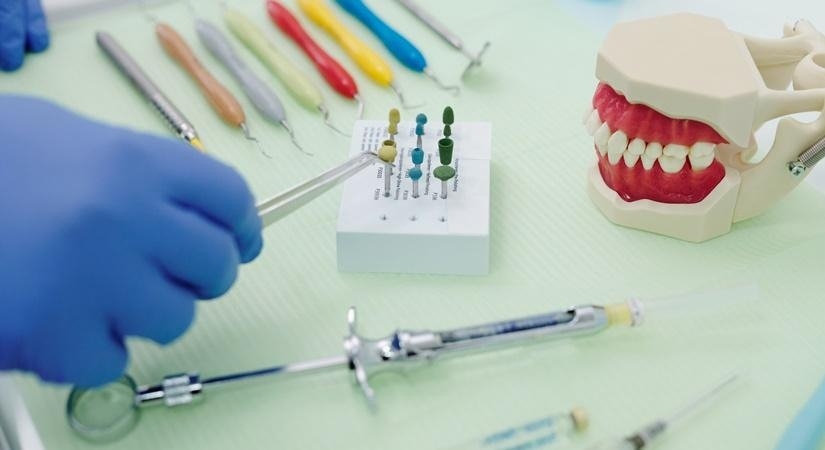In one’s daily life, it is not uncommon to spot images warning one of oral cancer — on cigarette packets, precautionary adverts ahead of movies, and even on television. This major global public health problem in India, however, has a high incidence and is only growing. In India, over five people die every hour due to oral cancer. As shocking as the statistic may be, oral cancer remains the major cause of death from oral disease worldwide.
At the individual level, oral cancer can have multiple risk factors, some of them being family history. While being at-risk or predisposed may not always translate into a case of cancer, those with some family history of cancer are believed to be at high risk of cancer. Research also shows that globally, about four out of five people with oral cancer use tobacco, and about 70 percent are heavy drinkers. There are a staggering 274.9 million tobacco users in India, and as per the National Family Health Survey – 5, 18.8 per cent of all Indian men aged 15 and above consume alcohol, while 1.3 percent of women aged 15 and above consume alcohol — adding up to paint a rather worrisome picture.
Advertisement
What is oral cancer ?
It includes malignancy of the vermillion borders of the lips and all surfaces of the oral cavity including the anterior two-thirds of the tongue. These cancers occur predominantly as squamous cell carcinomas, and are highly lethal, incapacitating, and disfiguring.
Historically, the death rate associated with oral cancer has been particularly high due to late-stage diagnosis and intervention. According to the World Health Organisation (WHO), however, some of the most common cancer types, such as breast cancer, cervical cancer, oral cancer, and colorectal cancer, have high cure probabilities when detected early and treated according to best practices.
Here are some key measures to consider when you have a hereditary in oral cancer cases:
Certain factors and lifestyle choices can increase one’s susceptibility to oral cancer, including tobacco and betel nut or areca nut (supari) consumption, all forms of tobacco, including cigarettes, beedi, pipes, cigars, and chewing (smokeless) tobacco, keeping tobacco quid inside mouth and paan with betel nut/areca nut (supari).
. Periodic oral checkups to assess the risk: Regular checkups and other regular health tests by a doctor can help detect cancer early, making the treatment easier. Make regular appointments with your dentist. These days, early detection kits such as by Erly Sign can help assess a low, moderate or high level of risk, from the comfort of one’s home.
. Never ignore any smallest sign, symptom or discomfort in the oral cavity, lip, tongue, or throat while chewing or swallowing: Currently, a vast majority of patients are detected through a visual exam and/or are symptomatic, at which point they are likely late stage. As a result, oral cancer often goes undetected to the point of metastasizing.
. Always follow a healthy diet and dental hygiene: Good, balanced nutrition helps keep one’s body running smoothly and optimally. Ensure you are taking your daily allowance of all macro and micronutrients in your meals, along with taking in enough fruits and vegetables. Moreover, good oral hygiene is also helpful if one has a family history of oral cancer.
. Limit excess calories, sugar intake and excess red meat: These exacerbate your risk of oral cancer and must be avoided. Red meats, such as beef, lamb and pork, have been classified as carcinogenic which means it probably causes cancer. Eating red meat also increases the risk of cancer.
. Keep your distance from tobacco products and alcohol or keep it in moderation: If you don’t consume tobacco or alcohol, it’s a good idea to not start, and if you do, make efforts towards quitting. As per the WHO, while non-smokers are also at risk, smokers are up to 22 times more likely to develop lung cancer in their lifetime compared to non-smokers. People who use both alcohol and tobacco have a 5-fold increased risk of developing cancers of the oral cavity, oropharynx, larynx and oesophagus compared to people who use either alcohol or tobacco alone. For heavy users, the risk is up to 30 times higher. This preventive approach must be followed especially by people above 30.











